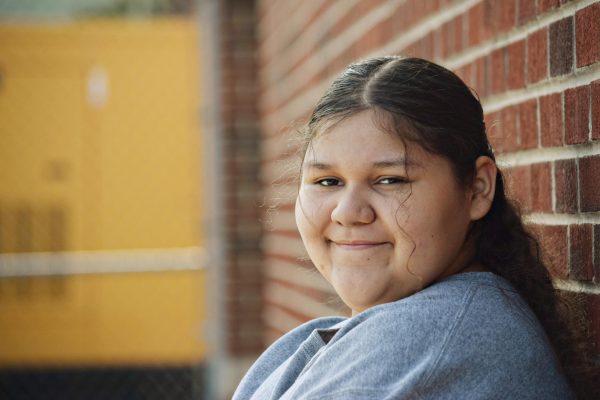Combating seasonal blues
Photo by Dave Jennings/Leslie Fireman
Sasha Baumgartner provides readers with more Unqualified Advice about Valentine’s Day
December 15, 2022
One of the largest struggles plaguing many people right now is something that cannot be controlled or prevented. It can happen to almost anyone at different points during the year or throughout their lives. This is a problem that comes with many consequences and hardships and makes things ultimately more difficult: seasonal depression.
Seasonal depression, also known as seasonal affective disorder (SAD), can happen to anyone. What makes seasonal depression different from a regular depressive disorder is that SAD occurs at the same point of time every year – usually during a season change – and lasts for approximately the same number of days each year.
SAD was first brought to attention in the 1980s when a study revealed that there are people who experience moodiness around the same time each year. Seasonal depression can be found in “about 5% of adults in the U.S,” according to a study published by the Cleveland Clinic.
In that same study, the clinic found that “about 10% to 20% of people in America may get a milder form of the winter blues.”
So an individual has a greater chance of being prone to moodiness during the winter, even if they are not diagnosed with seasonal depression.
It is ultimately more common for seasonal affective disorder to come around the fall and winter time, which makes sense given the circumstances that time of year in Midwestern and northern states. There are many saddening events, whether they be the trees’ leaves dying and everything turning brown and gray in the environment, or the approaching holidays that can cause unbelievable stress, not to mention the freezing temperatures approaching and taking over any outdoor activities.
Every year, around November, right before the holidays begin, I tend to find myself in lower moods. As the weather shifts to a bitter frost and the world becomes gray, I can be found sitting inside, sulking over myself and the season. I, as well as many others, am in a fog physically and mentally.
However, there are some ways to lessen the fog and see through it. Here are some steps you can take to better yourself this winter season:

- Find ways to get vitamin D into your day as much as possible. In the summer, individuals are in the sun and retain more Vitamin D; then in the winter, when people are more likely to stay inside, there tends to be major shortages in the vitamin D department. One way to do this is by going outside: the sun is still there, even when it is cloudy. Try to take nice walks on days when the cold is not so bitter. Additionally, there are vitamin D lamps you can buy that simulate sunlight and do not require an outdoor presence; these lamps are used indoors.
- Furthermore, another way to ease through the winter season is to set aside time for you, specifically. There tends to be less self-time during this time of year due to final exams and the holidays, but still try to find time during the day that can just be for you and you only.
All in all, seasonal affective disorder affects enormous amounts of individuals each year, but there are ways to combat it, or at least reduce some of the symptoms. Remember to take care of yourself always, through the seasonal changes especially. I can certainly say that those tips have helped me – but then again, they may or may not help you because I don’t know.






